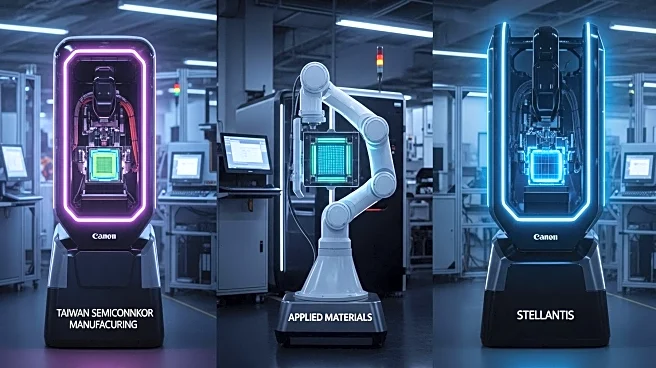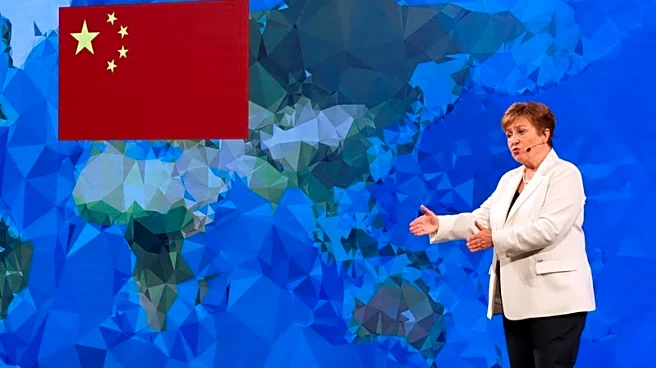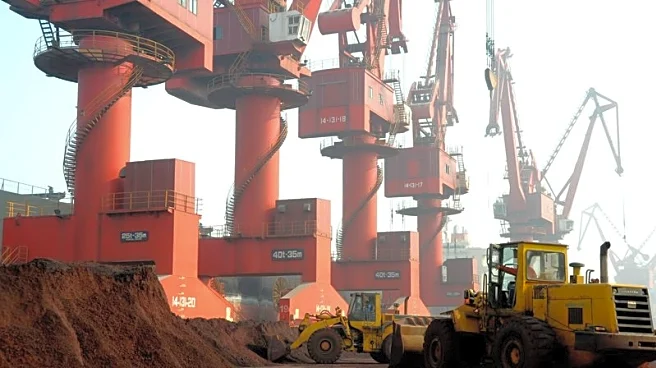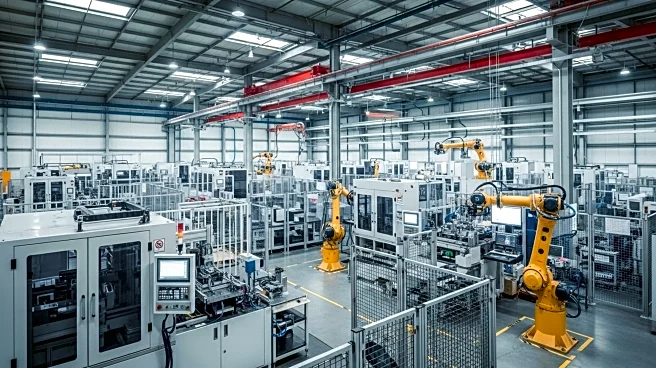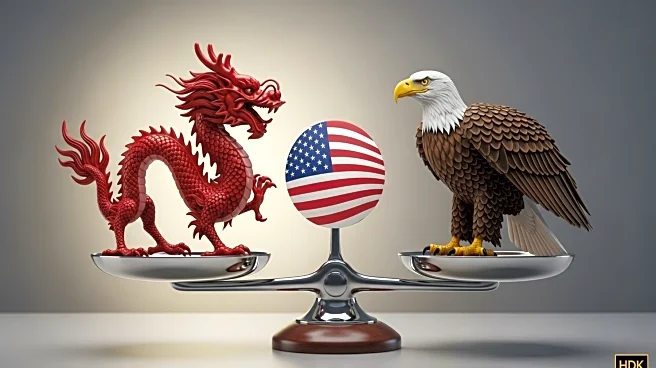What's Happening?
Stellantis has postponed the presentation of its 2026 strategic plan by CEO Antonio Filosa. The delay is attributed to ongoing U.S. tariffs and European Union regulatory hurdles, which are impacting the automotive industry. Stellantis, like many automakers, is facing challenges in maintaining competitive pricing for electric vehicles (EVs) due to these external pressures. The company is exploring ways to offer discounts and price adjustments to keep its EV inventory moving, aligning prices more closely with traditional gasoline vehicles.
Why It's Important?
The delay in Stellantis' strategic plan highlights the significant impact of international trade policies and regulatory environments on the automotive industry. U.S. tariffs can increase production costs, affecting pricing strategies and market competitiveness. Similarly, EU regulations can impose additional compliance costs, influencing strategic decisions. These factors are crucial for stakeholders, including investors, consumers, and industry competitors, as they navigate the evolving landscape of EV production and sales. The ability of automakers to adapt to these challenges will determine their success in the growing EV market.
What's Next?
Stellantis is expected to reassess its strategic priorities in light of these challenges, potentially leading to revised timelines and objectives. The company may seek to engage with policymakers to address tariff and regulatory concerns, aiming to create a more favorable environment for EV production and sales. Industry observers will be watching for Stellantis' next moves, as they could set precedents for other automakers facing similar issues. The outcome of these efforts may influence future trade negotiations and regulatory frameworks.
Beyond the Headlines
The situation underscores the broader implications of geopolitical and regulatory dynamics on global industries. As automakers like Stellantis navigate these complexities, there may be shifts in manufacturing locations, supply chain strategies, and investment priorities. The interplay between government policies and corporate strategies could lead to long-term changes in the automotive landscape, affecting employment, innovation, and environmental goals.


